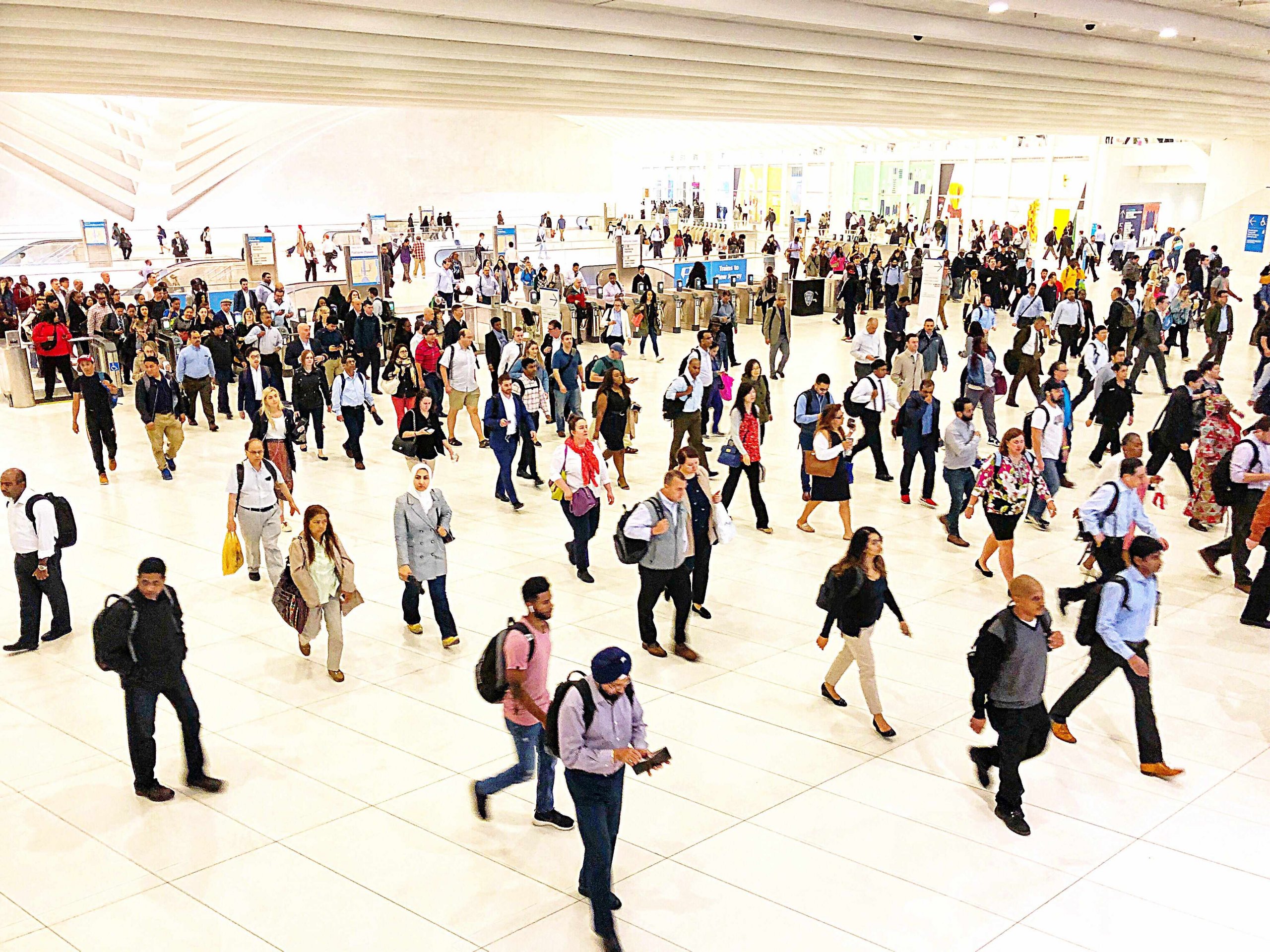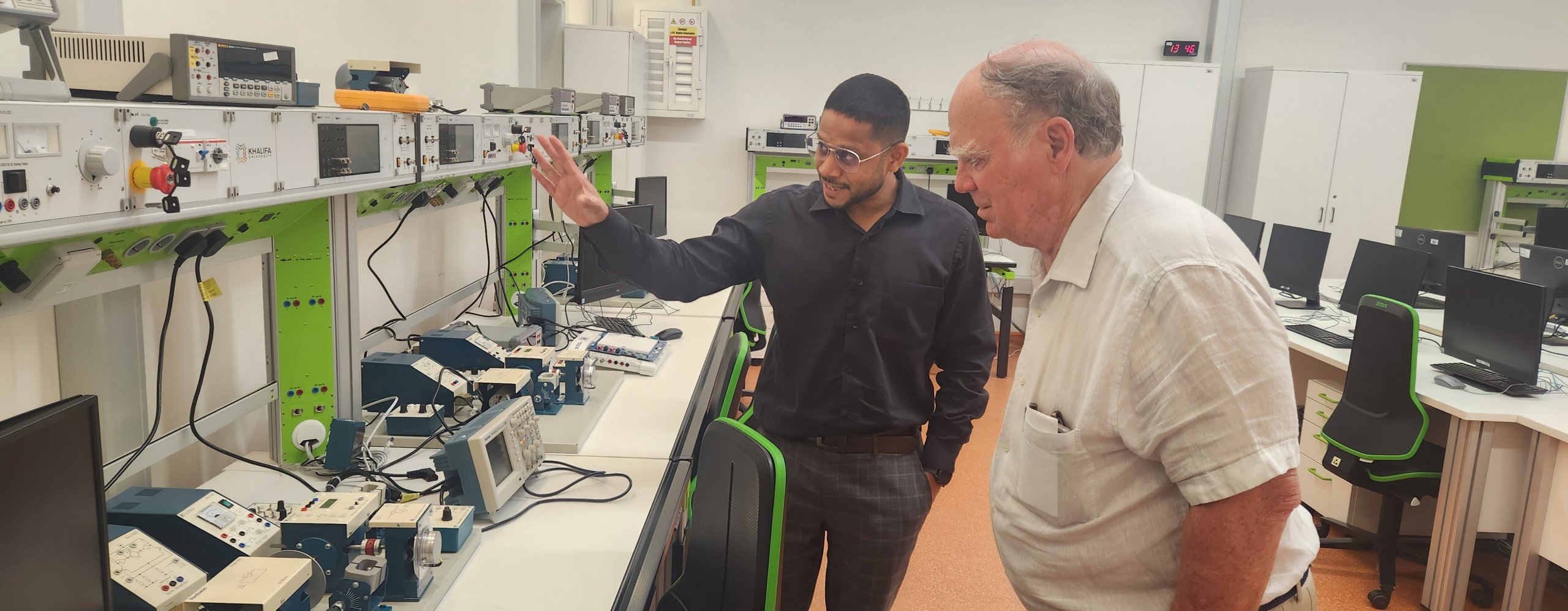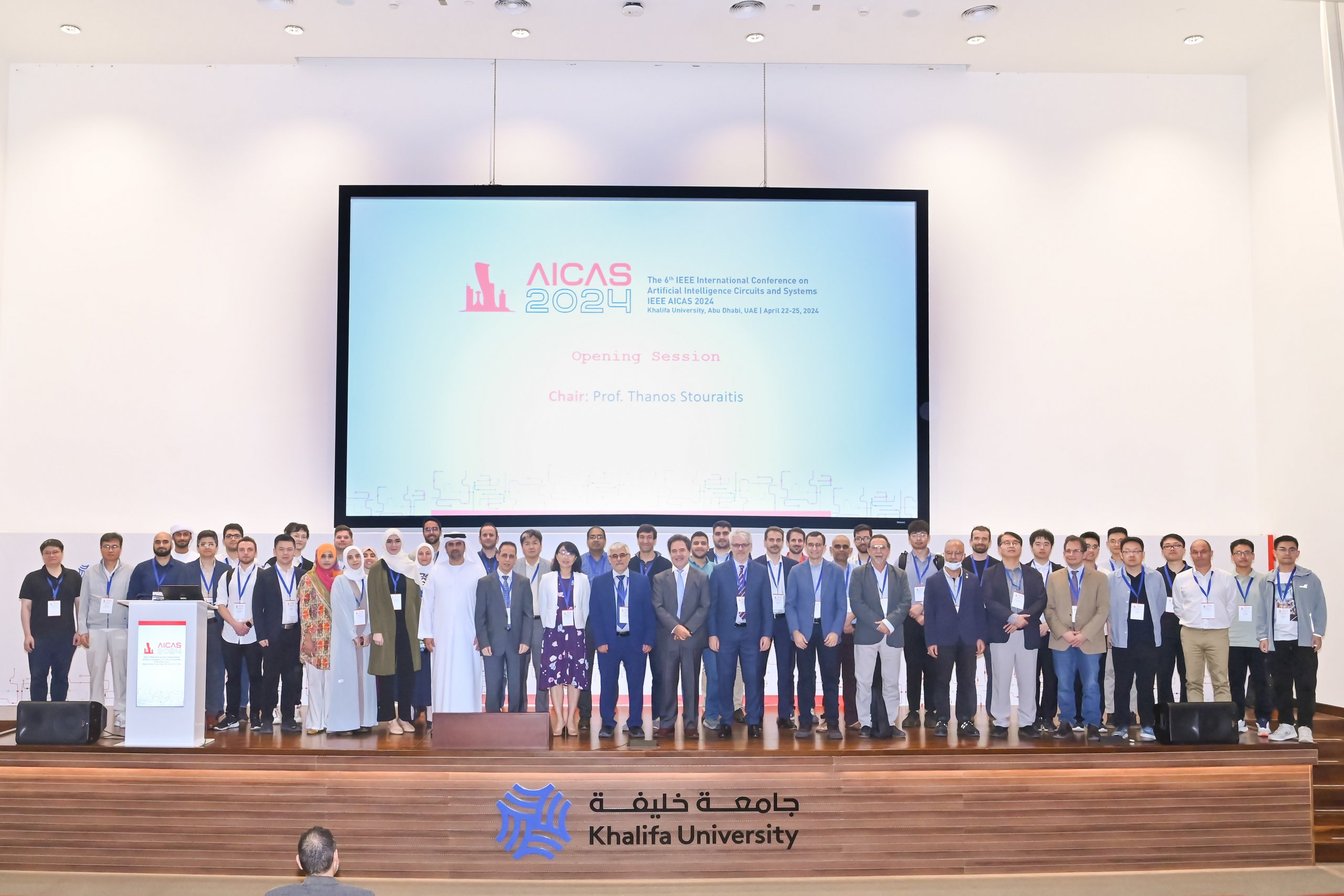
Gait analysis could be the future of forensic identification as Khalifa University team develops model to recognize individuals by the way they walk
Gait biometrics, or gait recognition, is a sophisticated process that discerns individuals by analyzing their walking style. It is part of a burgeoning domain known as behavioral biometrics, which leverages the unique behavioral characteristics inherent to each individual, such as their distinctive gait, to identify and verify personal identity.
A team of researchers from Khalifa University has developed a model that recognizes the biological and physical characteristics of individuals through their gait. Dr. Chan Yeob Yeun, Dr. Kamal Taha, Dr. Yousof Al-Hammadi and Prof. Sami Muhaidat, with Paul Yoo, University of London, published their work in Computers and Security, a top 1% journal.
The research team’s study builds on numerous studies that have explored the potential gait recognition could have in identification tasks, including gender classification and age estimation. Previous studies have predominantly relied on 2D/3D images captured by surveillance cameras, but this reliance on image-based data presents challenges, as the quality of identification models can be compromised by factors such as image resolution and variations in an individual’s appearance due to clothing or environmental conditions.
Recent advancements in the Internet of Things (IoT) and wearable technology offer a promising alternative to image-based data, according to the research team.
“The proliferation of IoT devices enables the non-intrusive collection of gait data, providing a new avenue for gait-based applications,” Dr. Yeun says. “In light of this, our study introduces a novel gait-based identification model that harnesses inertial locomotion information, sidestepping the pitfalls associated with image-based approaches.”
“Our approach involves collecting gait data through wearable technology in the shoes while users walk on a treadmill,” Dr. Yeun says. “This data is then processed using a deep neural network of stacked sparse auto-encoders to extract high-level features, ensuring the model’s resilience to variations in gait. By combining original attributes with these advanced features, we employ a clustering-based learning model that can accurately identify individuals based on their gait information.”
Gait biometrics, while less explored than traditional biometrics such as fingerprints or iris scans, presents a unique opportunity for identification in both security and forensic contexts. The use of deep neural networks, as proposed in this study, leverages the inherent ability of these models to generate invariant representations of gait patterns. This is critical for ensuring reliable identification across varying conditions, such as changes in walking speed or posture.
“Despite its promising research background, gait biometrics has seen limited commercial application, primarily restricted to niche markets like wearable and floor sensor industries,” Dr. Yeun says. “Using sensors in mobile devices introduces a new dimension to gait analysis, offering a non-intrusive and continuous monitoring solution. This is particularly advantageous for applications requiring minimal user intervention, such as health-care monitoring and passive security systems. However, challenges related to data variability, sensor accuracy, and environmental factors must be addressed to enhance reliability.
The research team developed a new gait dataset using cutting-edge wearable technology in shoes and constructed a machine-learning model that melds high-level data representations with a randomized multi-layered clustering approach. Their model outperforms traditional learning models in identifying individual characteristics and showcases the potential of machine learning techniques for gait analysis. The model accurately recognized gender of the walker in 75.55 percent of cases and the age of the walker in 76.66 percent of cases. The team also highlighted the promising avenues for further research in this field, including expanding the dataset to encompass a broader demographic and investigating the long-term stability of gait as a biometric modality. The team plans to explore real-time implementation and deployment of the model in practical scenarios, such as health-care monitoring or security systems, to provide valuable insights into its feasibility and effectiveness in real-world applications.
Jade Sterling
Science Writer
25 March 2024






